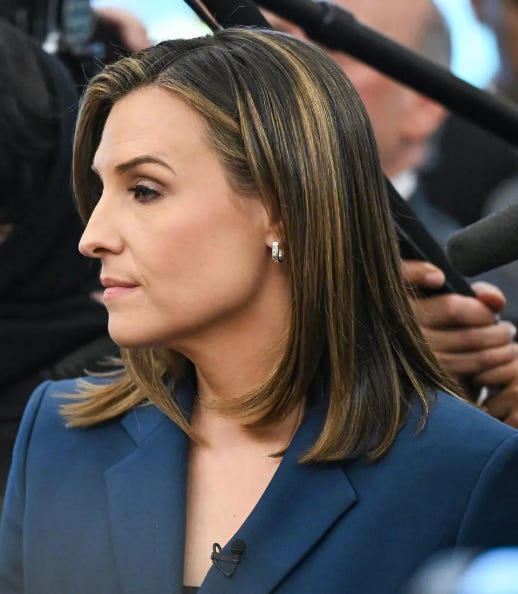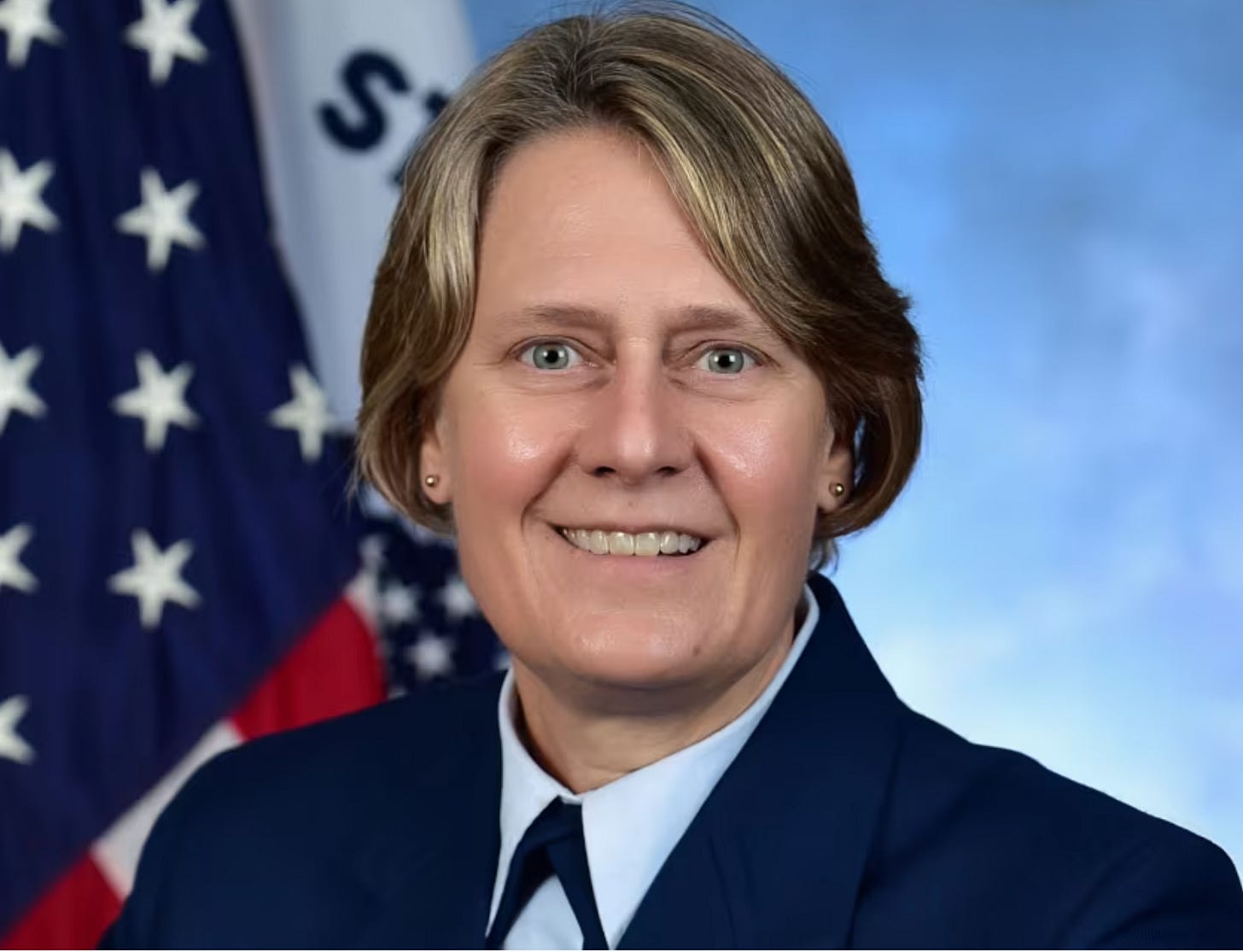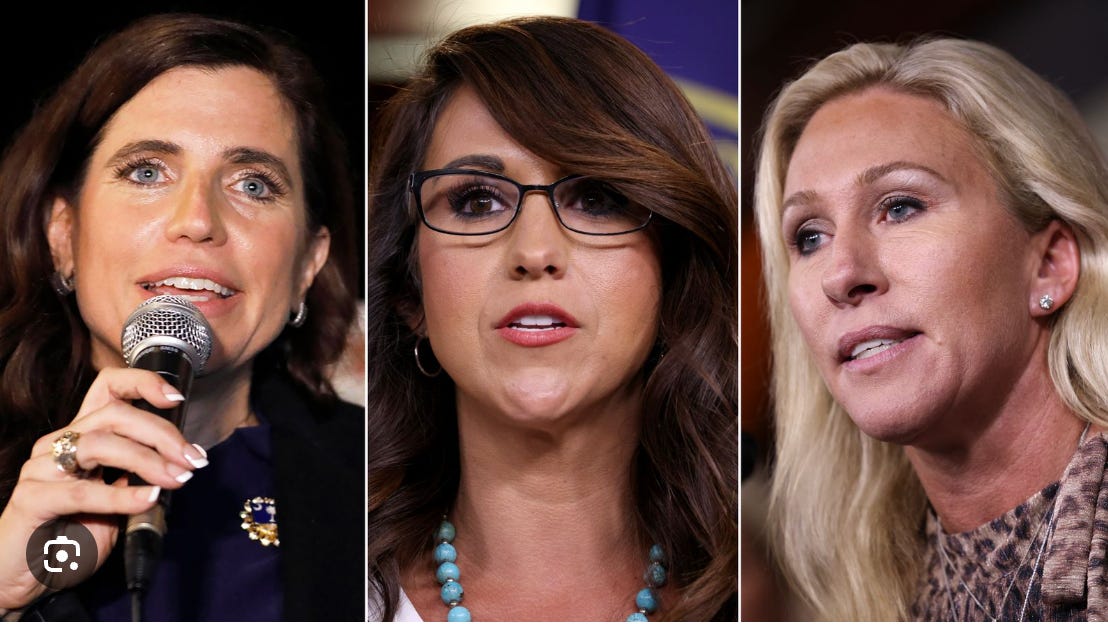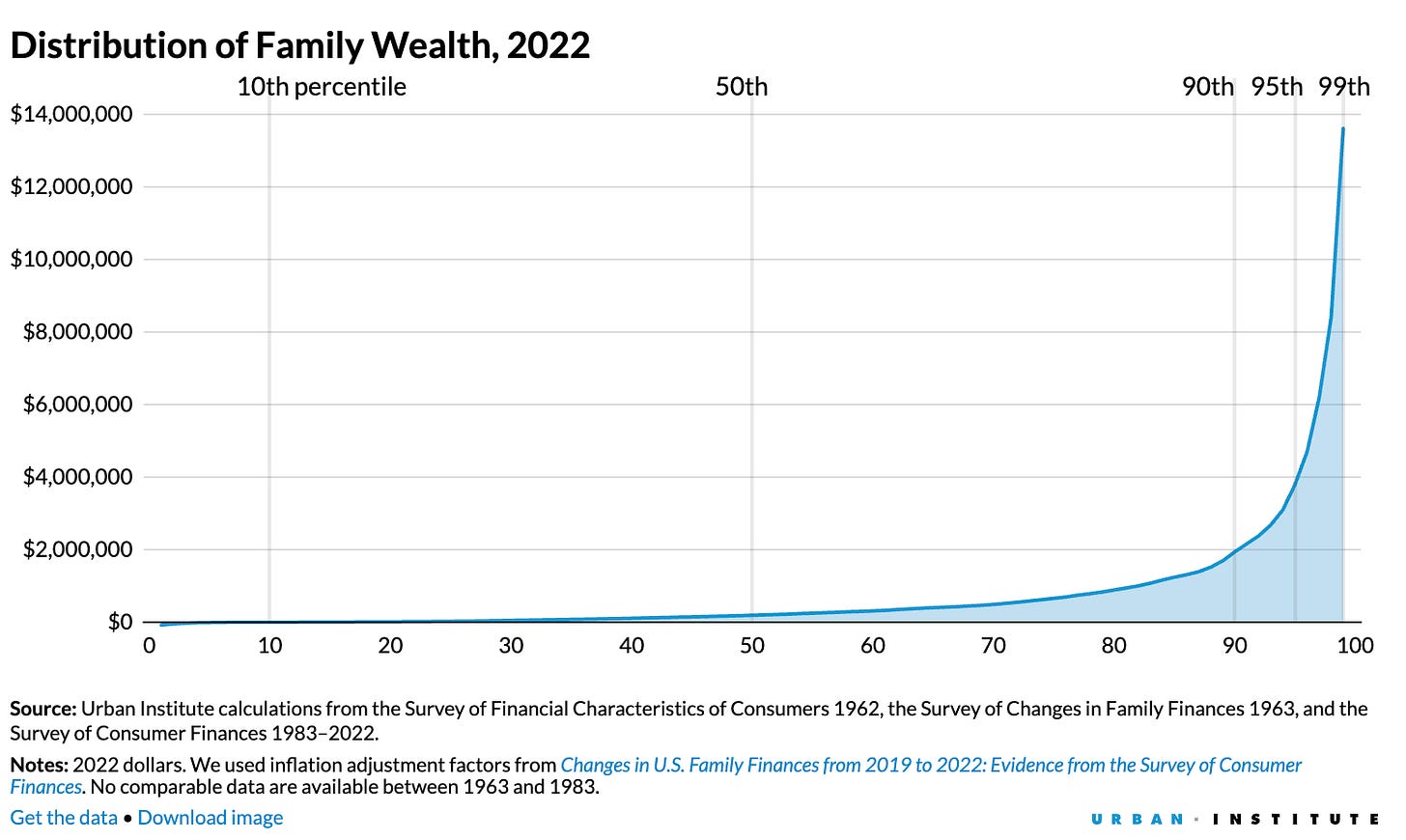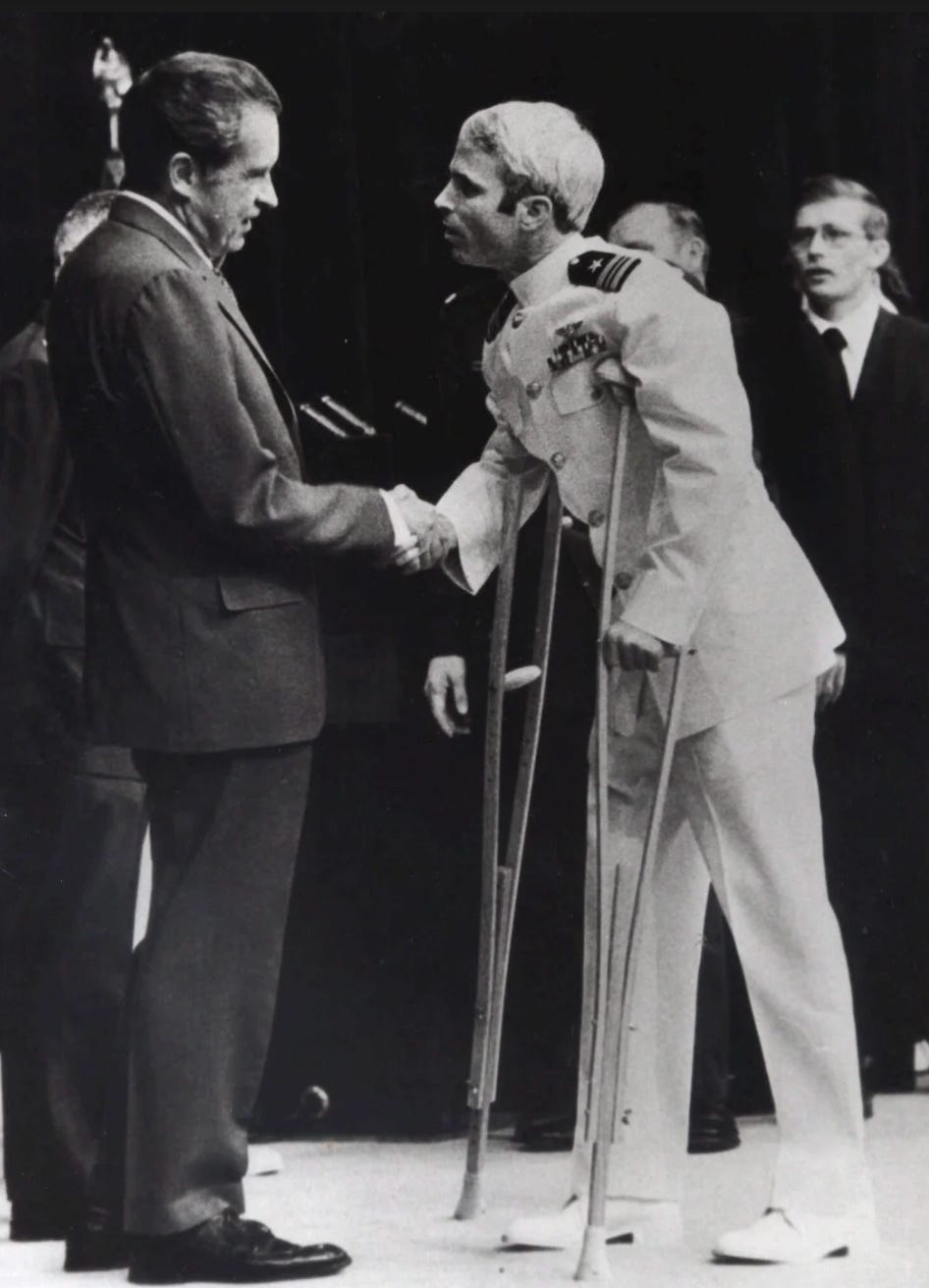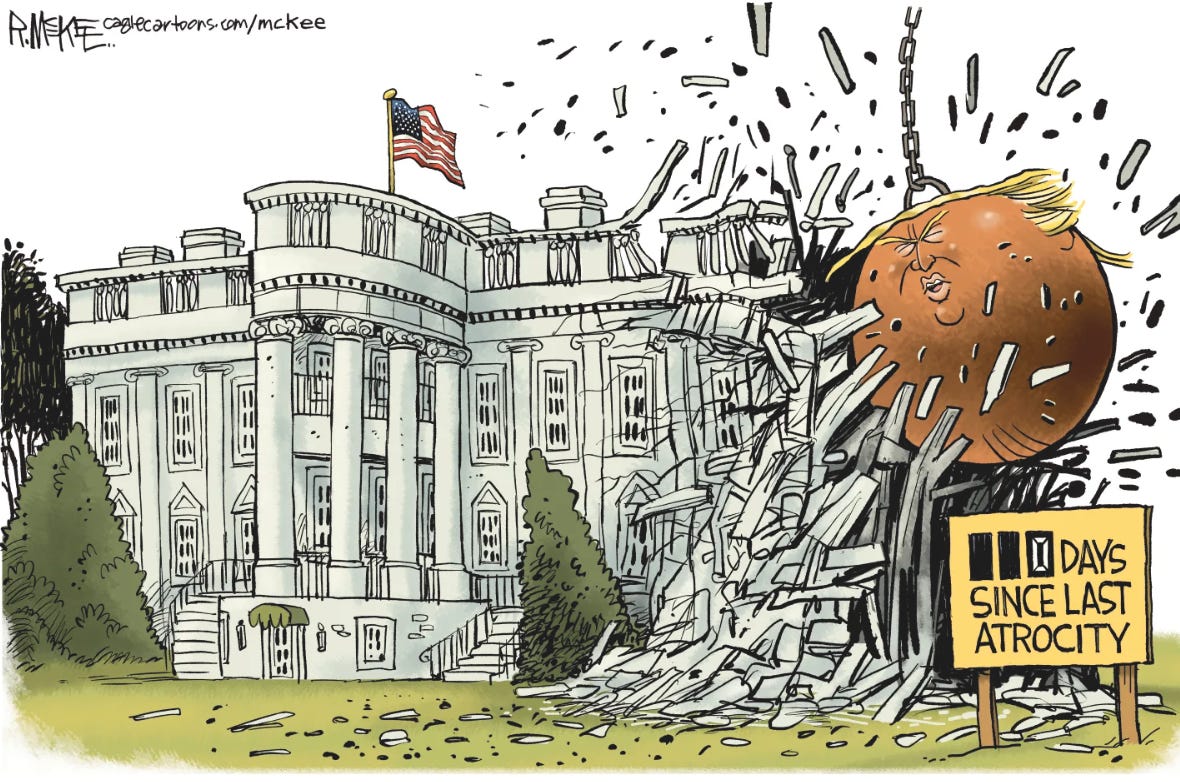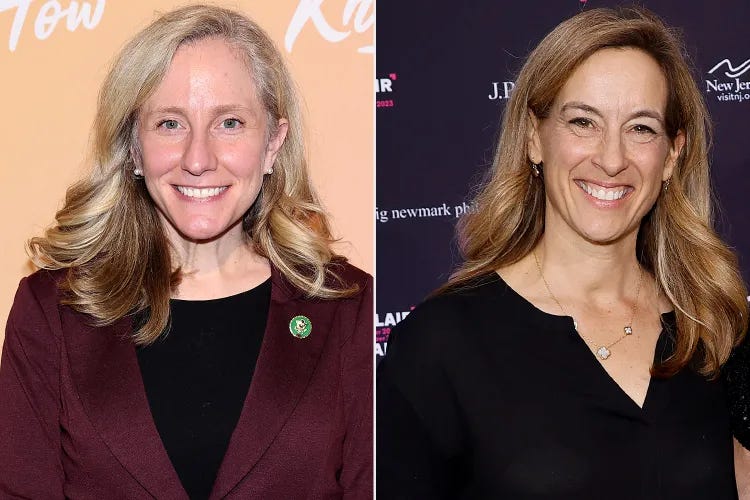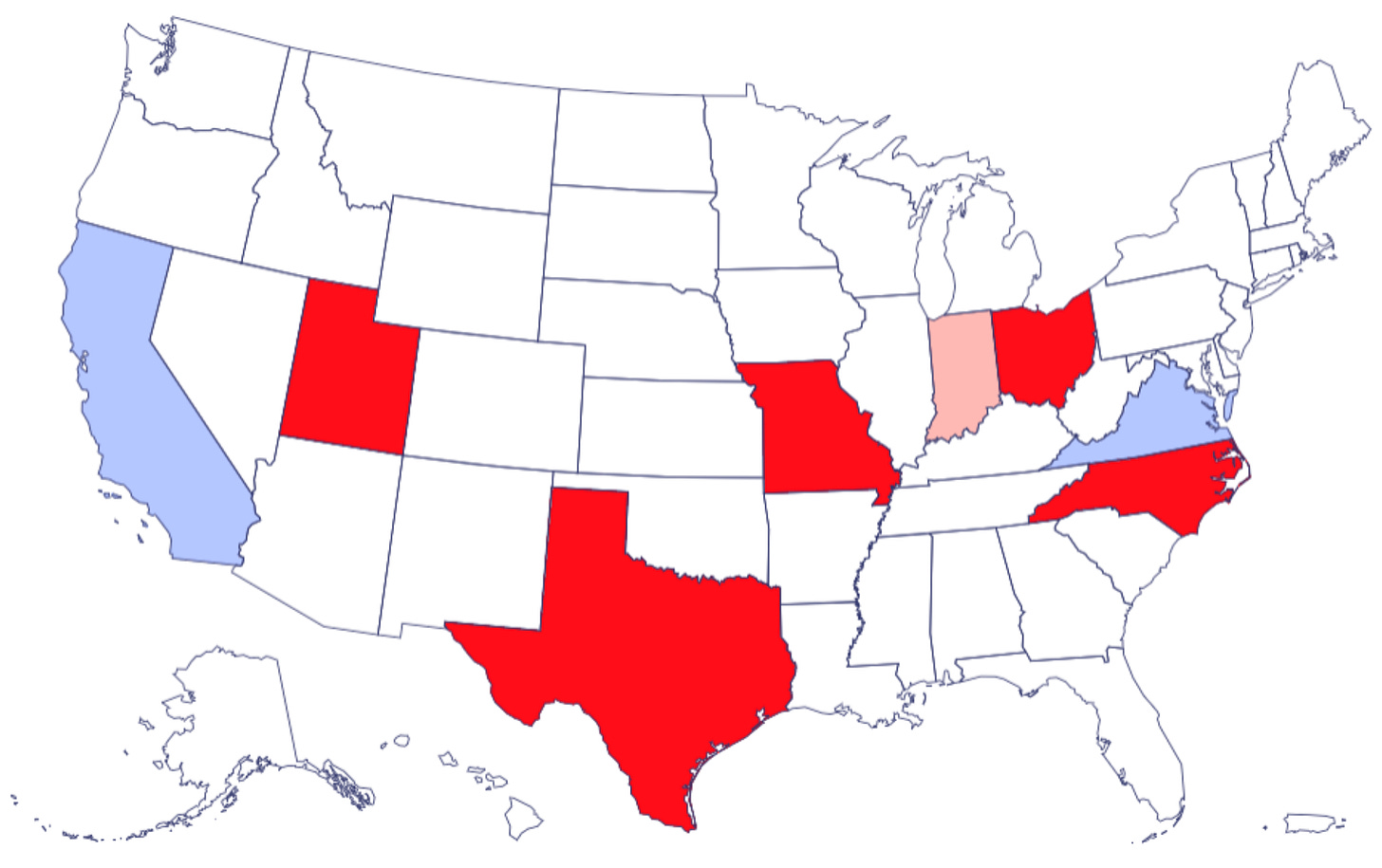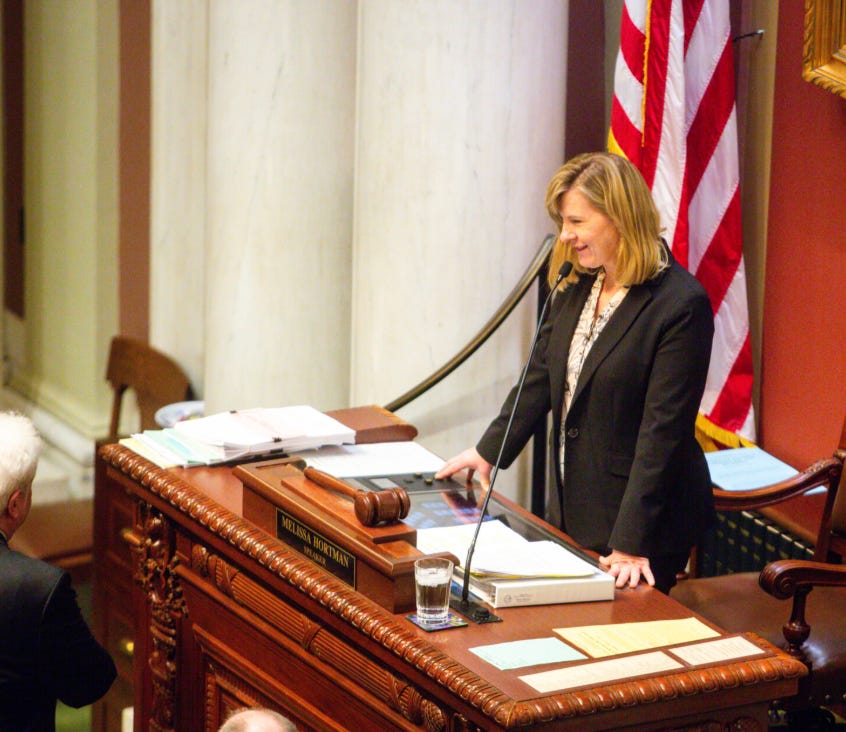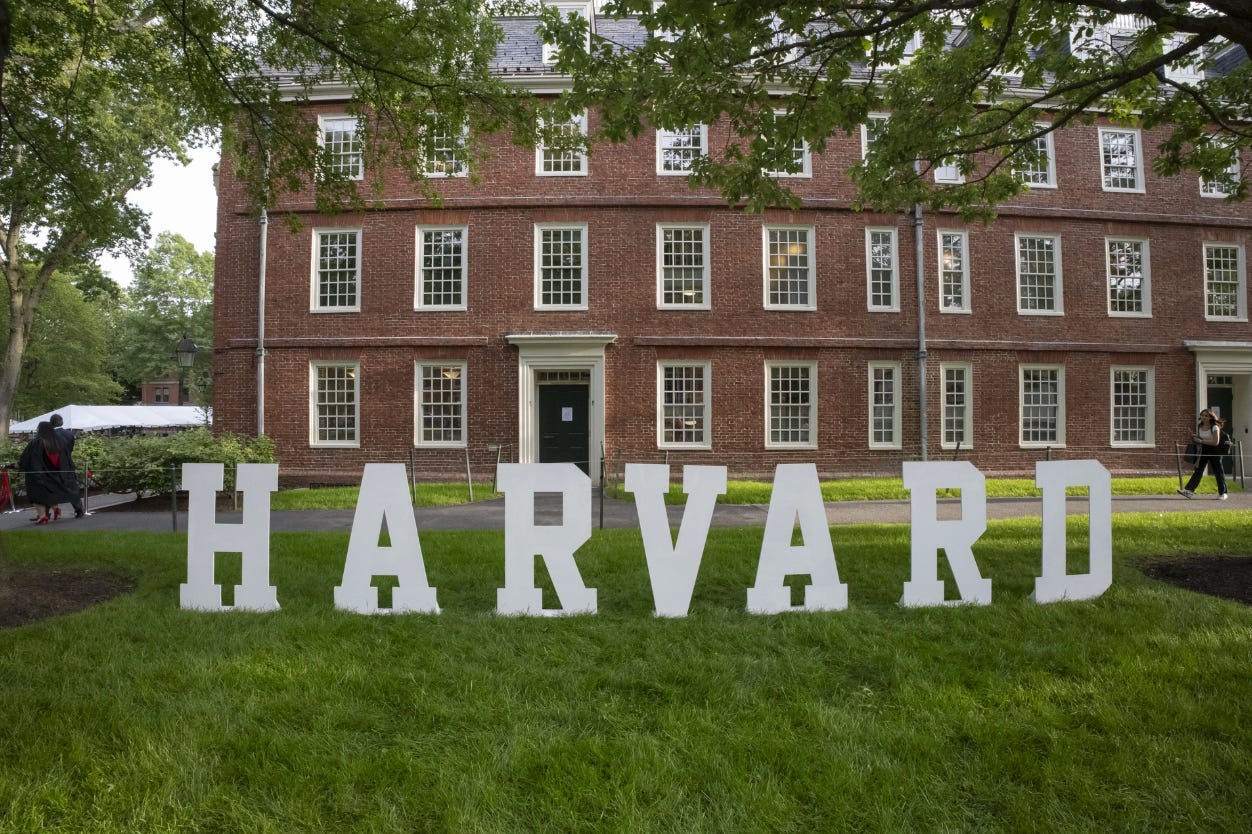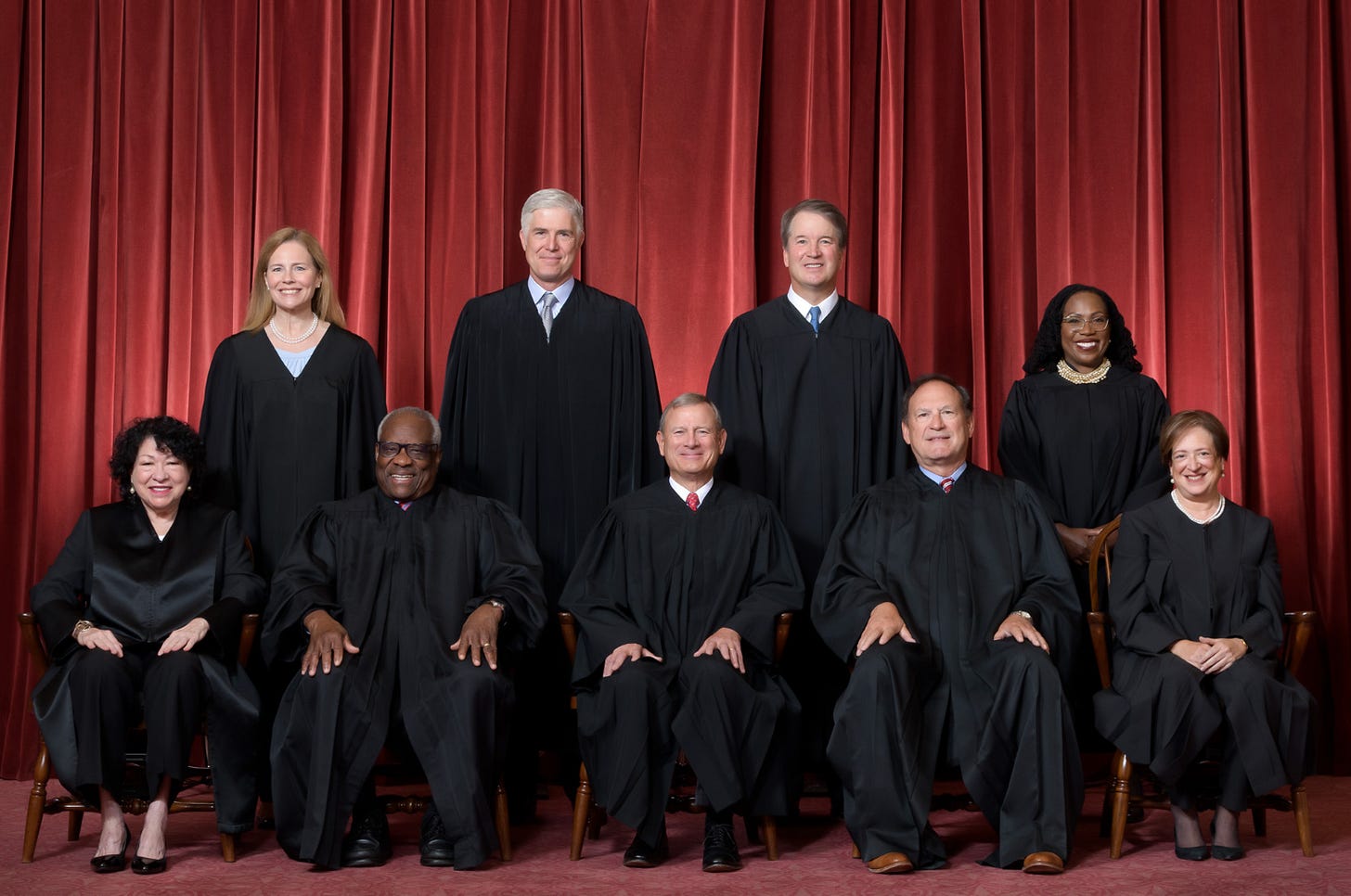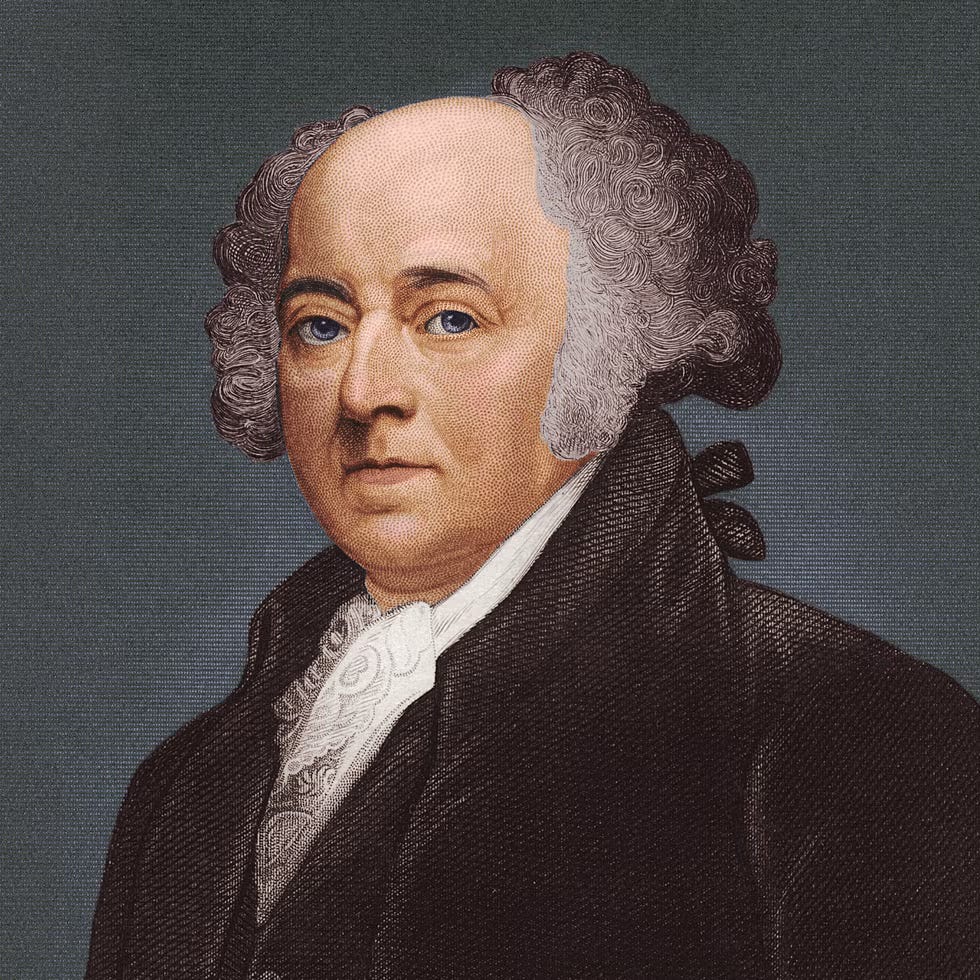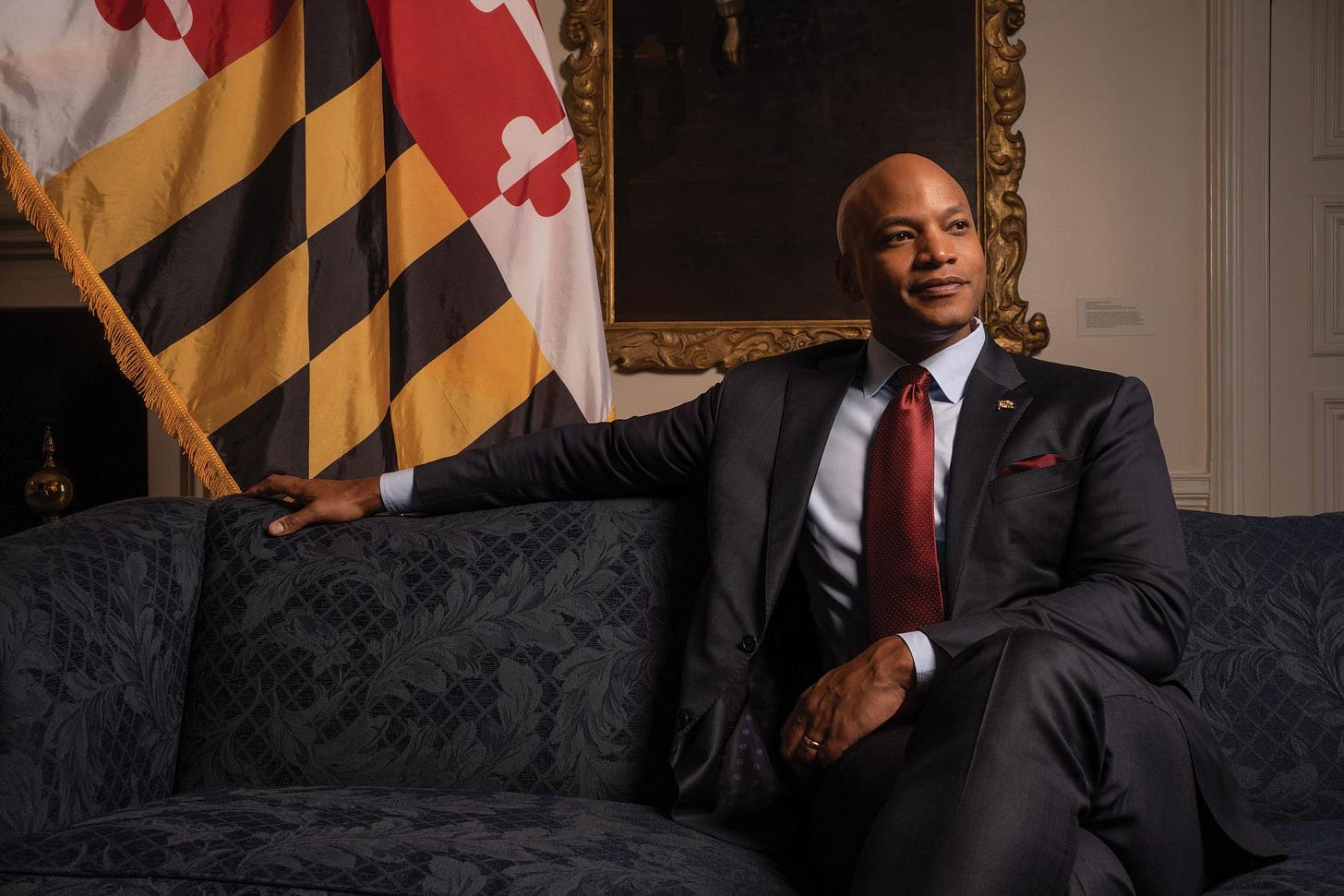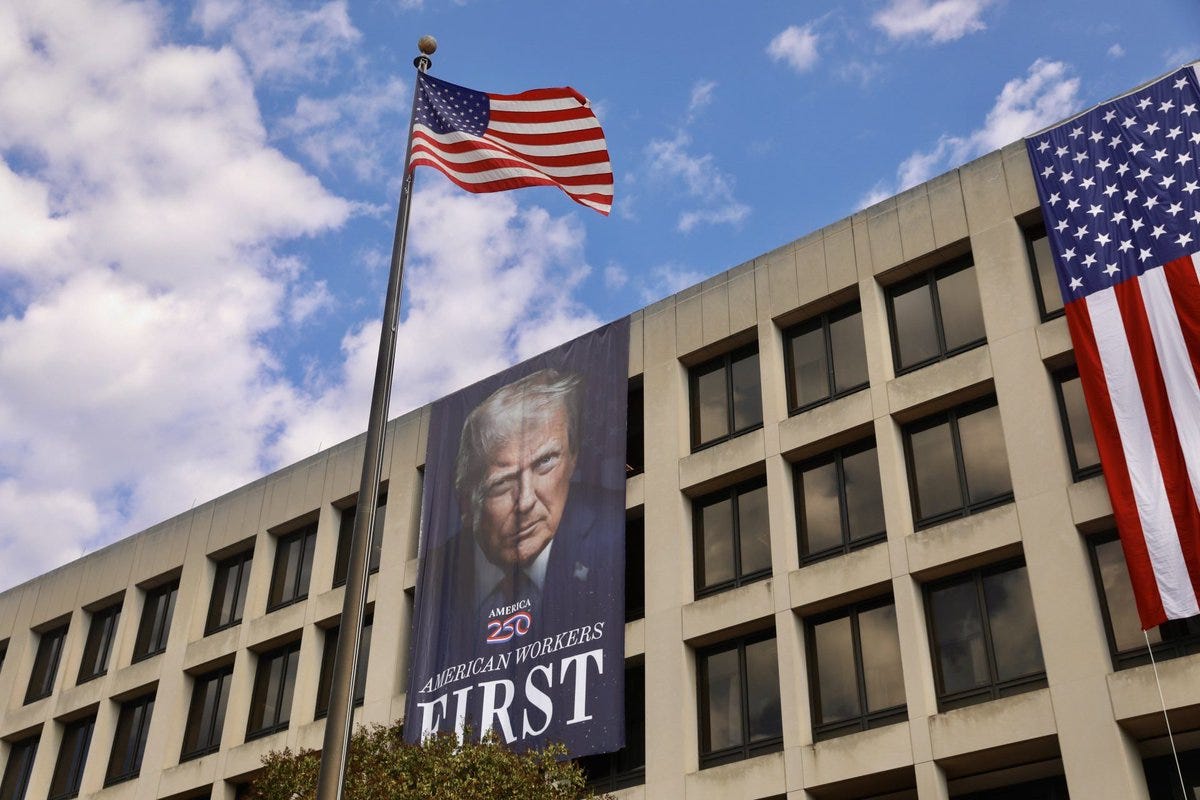Networks of opportunists betray the meaning of friendship
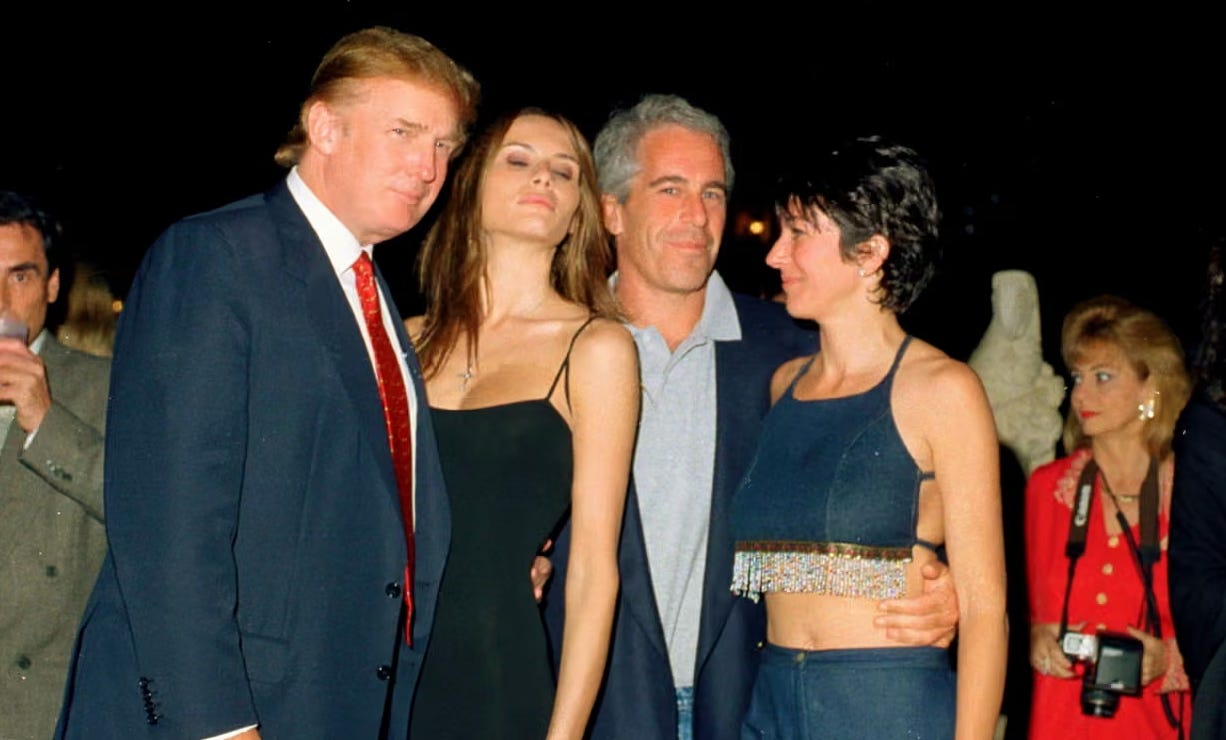
So, a couple pieces in The New York Times and The Atlantic set me to thinking about friendship. Just what is it and what is it not?
One thing friendship most certainly is not was membership in the network of the rich and powerful that pedophile Jeffrey Epstein crafted. The NYT piece, by Anand Giriharadas, spells out what that ugly lattice was about.
Giriharadas calls the Epstein network “a highly private merito-aristocracy at the intersection of government and business, lobbying, philanthropy, start-ups, academia, science, high finance and media that all too often takes care of its own more than the common good.”
In other words, the people Epstein counted as “friends” were a bipartisan array of movers and shakers at the very top reaches of American society. The bizarrely varied ranks included Donald J. Trump, of course, but also Bill Clinton, former Treasury Secretary and former Harvard president Larry Summers, Trump plotter Steve Bannon, pseudo-mystic Deepak Chopra, Libertarian and J.D. Vance-backer Peter Thiel, leftie academic Noam Chomsky, former Prince Andrew, top bankers, lawyers, etc., etc.
Just how many of them knew of Epstein’s vileness is hardly clear (except, perhaps, for Prince Andrew and, by the dead Epstein’s account, Trump). Still, so many luminaries were drawn like moths to the loathsome financier – apparently an extraordinarily charming conman – that one has to wonder a) what drew these people, mostly men, in? and b) how could Epstein so easily take in so many seemingly smart folks?
Was it friendship that built this network? Hardly. Instead, point to mutual opportunism, greed and a craving for status as the obvious culprits.
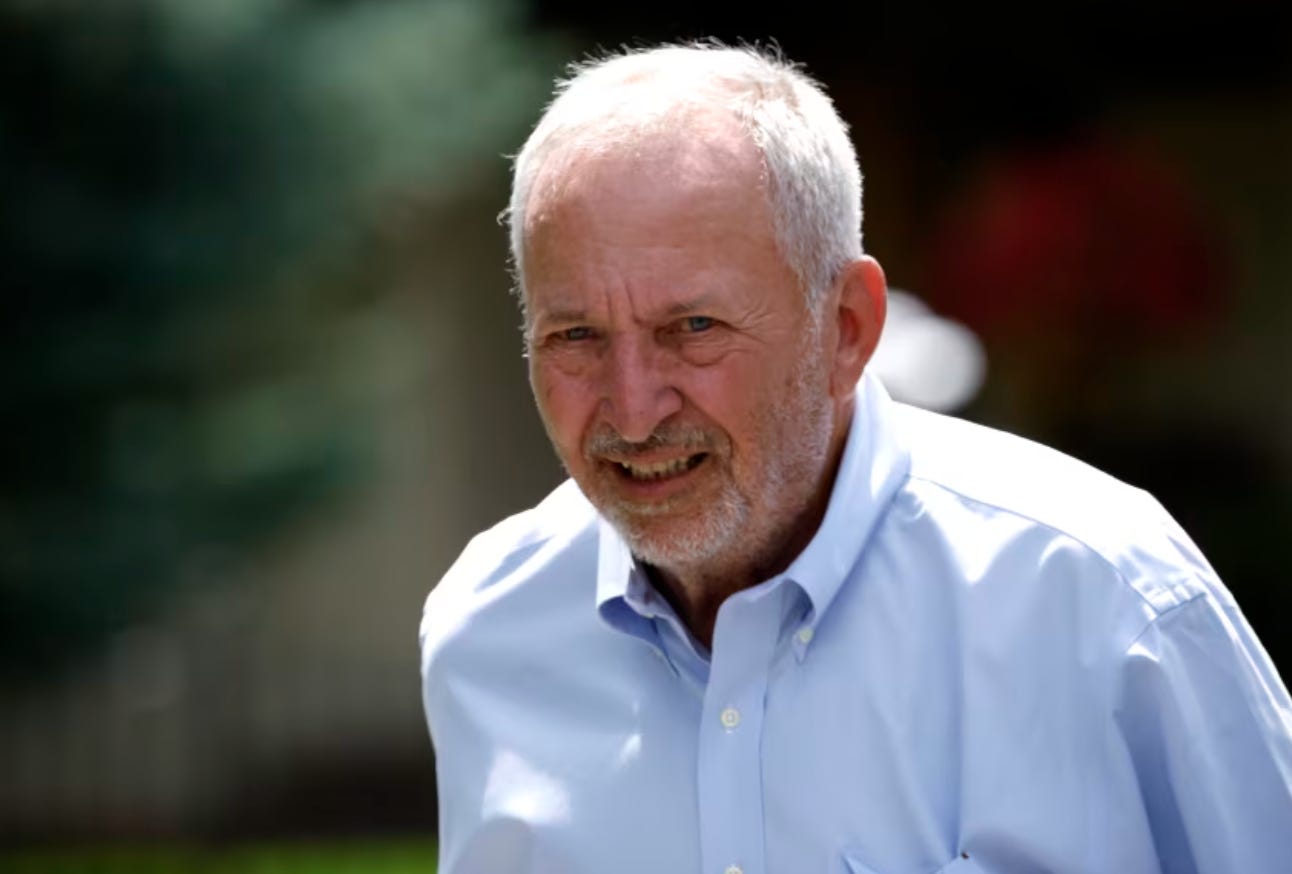
In some ways, some high in the network seemed to be birds of a feather — whether they descended as low as Epstein or not. The sexual escapades of Clinton and Trump are well-known, of course. Lesser known is an attempted misadventure by Summers who, while married, sought Epstein’s advice in 2018 and 2019 on how to persuade a young academic in his orbit into bed. Epstein called himself Summers’s “wingman.”
Fully a decade before, in 2008, Epstein was convicted on felony sex charges involving a minor and got off with a light sentence. The Florida prosecutor in that case later became Secretary of Labor in Trump’s first term. Epstein killed himself in jail in August 2019, awaiting trial on new sex trafficking charges.
Whatever Epstein’s appeal to powerful men, his knack for collecting friends is reminiscent of at least one other famous network-builder. Long before he took flights on Epstein’s Boeing 727 to places such as Bangkok, Brunei, Rwanda, Russia, China and elsewhere, in 2002 and 2003, Clinton was well-known for his opportunistic friend-collecting.
From his earliest days as a Rhodes Scholar at Oxford, Clinton gathered friends who could help further his lofty ambitions. The F.O.B.s, or Friends of Bill, included such folks as Strobe Talbott, who went on to become a Time Magazine journalist and later a diplomat under Clinton; Robert Reich, who became a distinguished academic and Secretary of Labor under Clinton, and author and health-policy expert Ira Magaziner, a presidential adviser, among others over the years.
Like Epstein, Clinton had a knack for gathering talented and well-placed people he thought could serve him. Such backers helped him get elected first as attorney general in Arkansas and then as the state’s governor and, ultimately, helped him vault to the White House.
But Clinton drew the line on what passed for him as “friendship” if it got in his way.
While he rewarded many of the F.O.B.s with jobs in Washington, the president and his wife, Hillary, were notorious for ruthlessly dropping people no longer useful to them. When Zoe Baird’s failure to pay taxes for a nanny became a liability, Clinton abandoned the well-connected Washington lawyer’s candidacy for U.S. Attorney General, for instance. And when Clinton’s choice to head the Justice Department’s civil rights division, Yale Law School chum Lani Guinier, stirred up dust for advocating for more minority representation in voting rights, Clinton dumped her.
As seems the case with Trump, loyalty was a one-way street with Clinton. Betrayals were common, according to James B. Stewart, author of the 1996 book “Blood Sport: The President and His Adversaries’.’
‘’It was a very consistent theme that I kept hearing,’‘ Stewart, told The New York Times. ‘’The Clintons’ personal advancement took precedence over anything else. There were so many people who were at one point or another considered close to the Clintons who felt betrayed one way or another.’‘
Does this sound anything like Marjorie Taylor Greene and the current president? The soon-to-be-former-Congresswoman – once Trump’s most fierce defender — had the temerity to press for release of the full Epstein files. She was among a trio of Republican women who demanded that, forcing Trump to acquiesce and leading to the vote for such a release. And for her sin, Trump threatened to primary her out of office at his next opportunity.
“I can’t take a ranting Lunatic’s call every day,” Trump said on Nov. 14 on his social-media platform. “I understand that wonderful, Conservative people are thinking about primarying Marjorie in her District of Georgia, that they too are fed up with her and her antics and, if the right person runs, they will have my Complete and Unyielding Support.”
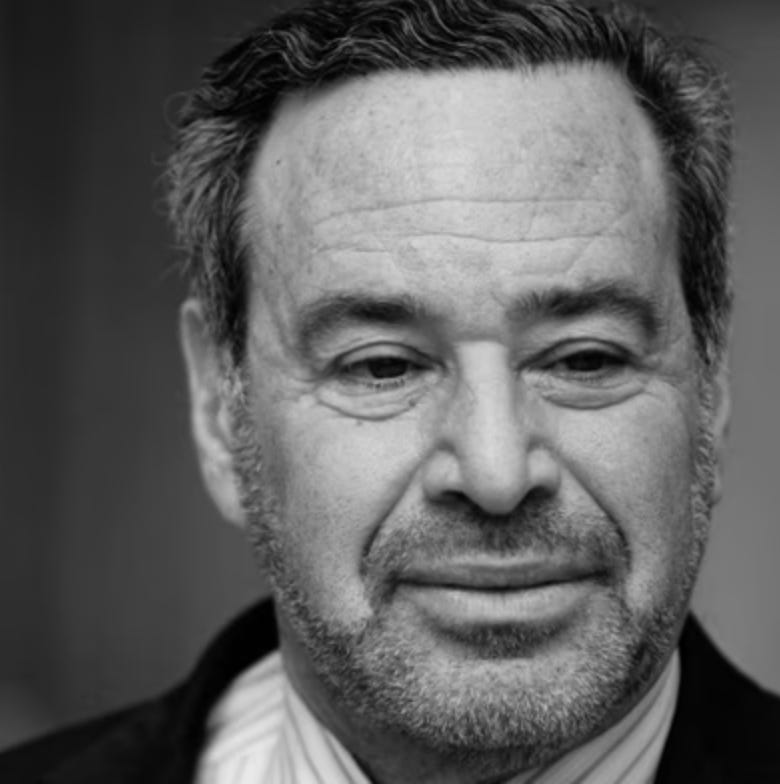
As David Frum wrote in The Atlantic, Trump called her a “traitor” on camera and shrugged off the death threats she received. Efforts to recruit a primary challenger to her accelerated, the journalist reported, leading to her resignation announcement.
Of course, the network of supporters – “friends,” perhaps – of Trump has long been an easily frayed thing. Those from his first term who turned on him included such boldface names as former Vice President Mike Pence, former Attorney General Bill Barr, former secretaries of defense James Mattis and Mark Esper, his chairman of Joint Chiefs Mark Milley, his presidential transition team leader Chris Christie, and on and on. Before last fall’s election, CNN toted up some 24 people who found him repulsive after once enthusiastically serving him.
Frum’s argument in The Atlantic is cynical about Washington politics in general. He quotes a lobbyist from the 1990s and early 2002 who argued there were two kinds of people in D.C.: those who “got the joke” and those who didn’t. “Those who got the joke understood that all of the city’s talk of ideas and principles was flimflam to conceal self-enrichment at the public’s expense,” Frum writes. “Those who didn’t, didn’t.”
But he’s particularly sharp about Trump’s extraordinarily self-enriching crowd. Congresswoman Greene, Frum contends, never did get “the joke that MAGA is about anything more than manipulation, exploitation, corruption, lust, and cruelty. She seems to have sincerely believed the lies that shrewder players merely mouthed. She gained her own millions without appreciating that her allies were scheming for billions.”
Giriharadas, in the Times, broadens his scope to damn a whole class of elites, the wealthy who run society and who appear in the Epstein emails released so far. That may not be surprising, since he wrote the 2018 book, “Winners Take All: The Elite Charade of Changing the World.”
“The emails, in my view, together sketch a devastating epistolary portrait of how our social order functions, and for whom. Saying that isn’t extreme. The way this elite operates is,” he argues. “The idea of an Epstein class is helpful because one can be misled by the range of people to whom Mr. Epstein ingratiated himself. Republicans. Democrats. Businesspeople. Diplomats. Philanthropists. Healers. Professors. Royals. Superlawyers.”
The vast majority of us, of course, don’t move in such gilded circles. Sure, many folks turn to old school chums and professional colleagues to help them advance in mutually beneficial relationships. One would hope that many of the folks in those ranks may be real friends, rather than just helpful cards in power Rolodexes (not that anyone uses those anymore).
Still, it is sobering to think that right now in some of our best universities, in the penthouses of our leading cities and in important corners of Corporate America, young people may be imitating the Clintons, Trumps, Summers, et al. They may be building their own networks of supposed friends to help them reach whatever towering pinnacles they are aiming for.
One wonders: do they recognize that this is not friendship? One hopes that the young opportunists now see the collapsing networks some of their elders have built for the hollow and empty webs they are. Can they build better ones with ends that go beyond mere self-enrichment and political, social or business advances?
The geriatrics who inhabit the Epstein and Trump networks, thankfully, will be gone someday – preferably sooner rather than later. Will what comes after them be more of the same, as Giriharadas and Frum may imply? If so, that’s hardly a friendly thought.



